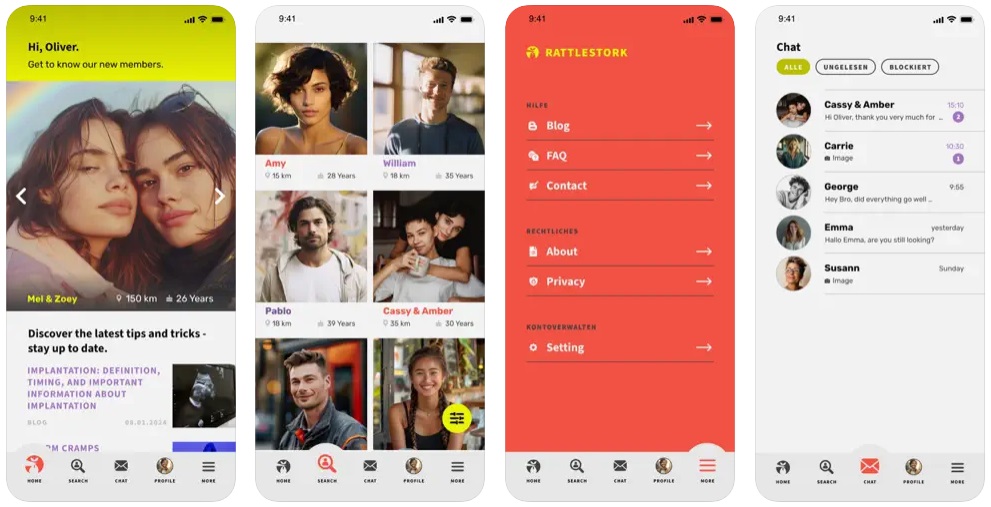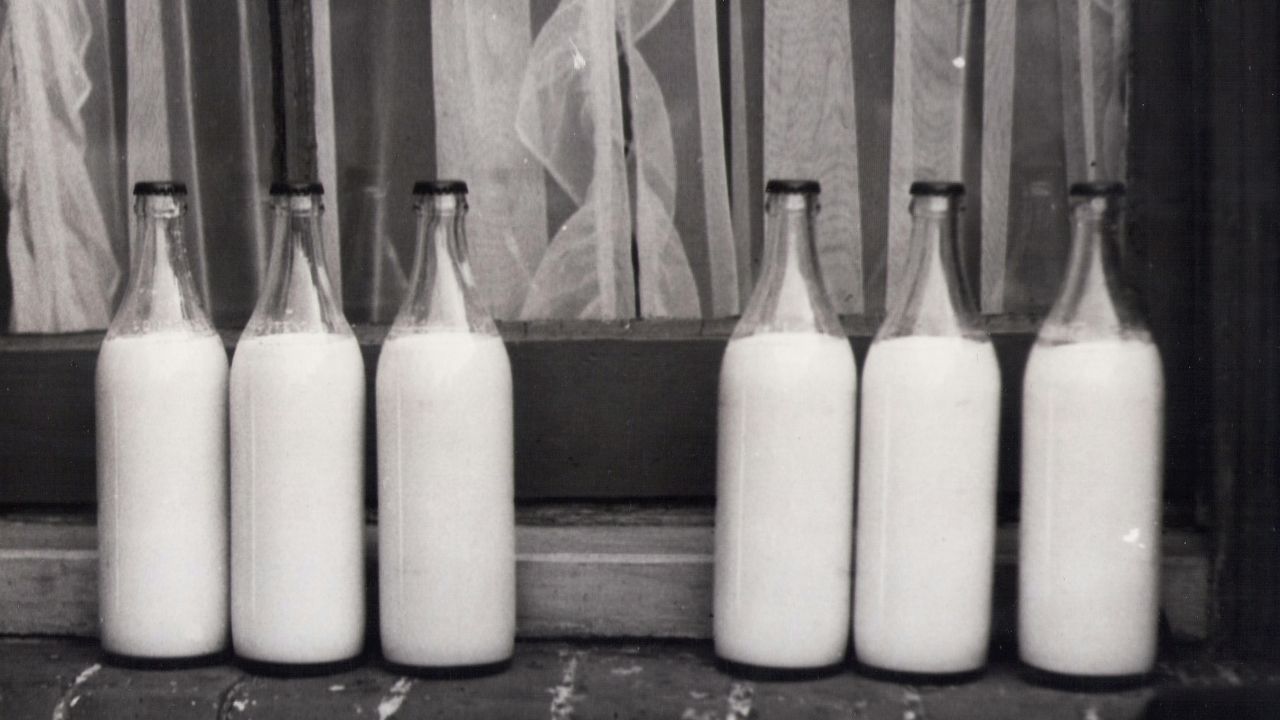Pavel Durov – Tech billionaire with more than 100 children
According to interviews with the New York Post and Le Point, Durov has been donating sperm since 2009 “to spread talent”. He plans to divide his roughly US $17 billion fortune equally among all descendants—but not until 30 years after his death. (Source)
Jonathan Jacob Meijer – “The Man with 1,000 Children”
The Guardian reports that the Dutch musician fathered between 550 and more than 1,000 children. In 2023 a court forbade him from further donations; Netflix dramatised the scandal in The Man with 1000 Kids. (Source)
Ari Nagel – “The Sperminator” (USA, 165 children)
The New-York mathematics professor welcomed his 165th child in 2024 and announced plans to retire from donating at the age of 50. (Source)
Kyle Gordy – World tour to the 100-child mark
Gordy, the self-styled “CEO of Sperm Donating”, counts 87 confirmed births and is touring Japan, Ireland and South Korea in 2025 to reach an even 100. (Source)
Robert Charles Albon – aka “Joe Donor” (over 180 children)
A 2025 ruling by the UK High Court revealed that Albon has fathered more than 180 children. The court specifically warned women about unregulated private donations. (Source)
Clive Jones – 129 children delivered from a van
The retired teacher from Nottingham delivers samples by van to recipients; 129 children have been officially confirmed. (Source)
Anthony Greenfield – 64 children via Kenyan bank
The US donor handed more than 500 samples to a Kenyan sperm bank in 2024, which plans hundreds more pregnancies each year. (Source)
Dr Donald Cline – Clinic scandal in Indiana (at least 94 children)
In the 1970s and ’80s, Cline secretly inseminated patients with his own sperm; DNA tests have identified at least 94 children. Netflix tells the story in Our Father. (Source)
Bertold Wiesner – Historical serial donor (over 600 children)
DNA analyses show that the Viennese physiologist fathered up to 600 children between the 1940s and 1960s by using his own sperm in his London clinic. (Source)
Risks & policy gaps
Genetic risks — A 2025 case involving a TP53 mutation showed how a single donor sample affected at least 67 children, ten of whom have already developed cancer.
Inconsistent caps — The UK limits one donor to ten families, Denmark to twelve; many countries issue only guidelines. An EU ministers’ initiative is currently debating a Europe-wide 25-family cap.
Private markets — Facebook groups, courier deliveries and international sperm banks circumvent national registers; half-siblings risk unintended incest, and mandatory medical testing is often skipped.
Sperm donation with RattleStork – a flexible alternative
RattleStork connects intended parents with verified sperm donors. Singles and couples can plan home inseminations autonomously, discreetly and affordably—without clinic waiting lists or hidden fees.

Conclusion
From Pavel Durov’s pro-natalist billion-dollar plans to Netflix documentaries about serial donors, these cases demonstrate how quickly unregulated sperm donation can breach ethical and medical limits. Unified registers, clear caps and transparent platforms like RattleStork are key building blocks for making family planning safe, fair and sustainable.

